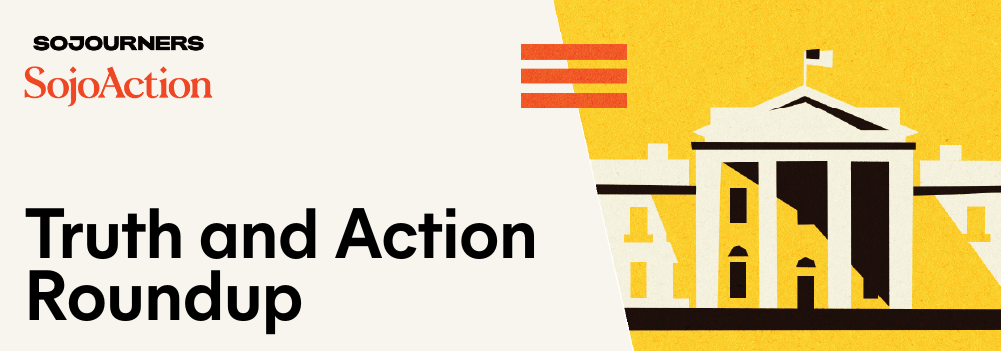‘We want to draw closer together, not push ourselves apart’
by Dr. Shane A. Berg, Princeton Theological Seminary | Special to Presbyterian News Service

Dr. Shane A. Berg
Editor’s note: This article first appeared on Princeton Theological Seminary’s website.
PRINCETON, New Jersey — I have the great privilege of working with the faithful team of Princeton Seminary leaders who are designing and implementing our plan for social distancing as a tool to mitigate the spread of the COVID-19 virus. It is complicated, difficult work and must be done with great speed. We are also positioning ourselves to respond to the continual change we assume we will face for the coming days and weeks.
As we carry out this work, we are well aware there is something both sad and ironic about intentionally creating “social distance” between the members of our community. The goal of Covenant Community, as President M. Craig Barnes often reminds us, is to nurture the bonds of fellowship and trust among us. We want to draw closer together, not push ourselves apart. Social distancing strikes us as deeply wrong; it feels antithetical to fostering Christian community.
Though these misgivings are understandable, it is our care and concern for others that motivates our adoption of social distancing measures. It is in fact an act of Christian love to participate fully in the practice of social distancing in the context of a global pandemic. While it feels counterintuitive to us, social distancing is the best way for us to respond to Christ’s call to protect the “least of these” in the human family.
The science of social distancing
The practice of social distancing is grounded in the science and math of epidemiology. The basic goal is to mitigate the threat represented by a new virus. When a new virus enters the population — before we have had a chance to build up immunity or develop a vaccine — it poses the greatest threat to those who are most vulnerable: the very young, the elderly, and those with compromised immune systems. For these folks, a new virus represents a serious danger.
One of the best ways to protect the most vulnerable from the danger of a new virus is to take steps to slow its spread. Viruses tend to spread exponentially in human populations. Initially just a few people are infected, but then through human-to-human contact they can infect a significant portion of a population with brutal efficiency and speed. On February 20, there were four known cases of COVID-19 in Italy. As of today — just three weeks later — there are more than 15,100 cases. That is exponential growth.
When a new virus grows exponentially within a population, two very bad things happen: 1) a large number of vulnerable people die; and 2) healthcare systems quickly become overwhelmed and lose the ability to treat not only those who have the virus but also those with other types of illness or injury. So great loss of life and a paralyzed medical infrastructure are both real possibilities when a new virus grows exponentially.
Experts in public health teach us that the way to prevent a virus from “going viral,” i.e., growing exponentially, is to dramatically scale back gatherings of all kinds. We need to withhold from the virus what it most craves — opportunities to spread in places where humans congregate. Social distancing entails dramatically scaling back the number of times we gather together; the size of our gatherings; and our proximity to one another in those gatherings. In order to be effective, social distancing measures must be put in place before a virus begins to take root in a population.
The goal of this reduced human contact is to “flatten the curve” of the virus’ spread, meaning it will spread more slowly and ultimately infect far fewer people. A flatter growth curve for the virus translates to fewer lives lost and less stress on the medical system. Hong Kong and Singapore, two countries that put aggressive social distancing protocols in place early on in the crisis, have relatively few cases today (130 and 187, respectively) despite the fact that the virus reached them quite early in the outbreak.
The theology of social distancing
It is not fear or irrational caution that led the Seminary’s leadership to put robust social distancing in place for our community. It is rather fidelity to Christ’s charge to love our neighbors and care for the least of these that compels us. Serving the common good in this way, to be sure, calls forth a sacrifice from us. We choose to limit for a season our participation in certain forms of human community — which bring us so much life and joy — in order to preserve human life. Such discipline and self-limitation also increases the safety of our custodians, food service workers, and others who work in public areas.
I invite all of us in the Princeton Seminary community to understand what is at stake in social distancing and then put it into practice in our professional and personal lives as an act of Christian discipleship. Social distancing does not entail cutting yourself off from human interaction. But it does mean finding ways to limit your participation in large gatherings; to scale back on how often you are with groups of people; and to make sure when you are with groups of people that you spread out as much as possible.
As we face the challenges and uncertainty brought to us by this pandemic, we can be confident that the Holy Spirit will equip us not only to persevere but to share Christ’s love with our neighbors.
Dr. Shane A. Berg is executive vice president at Princeton Theological Seminary in Princeton, New Jersey.



No comments:
Post a Comment